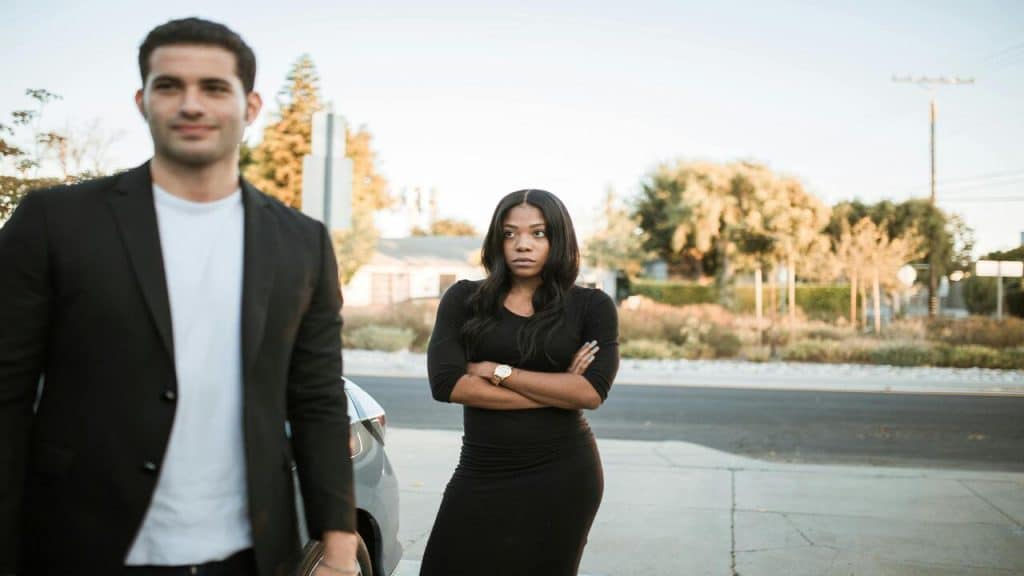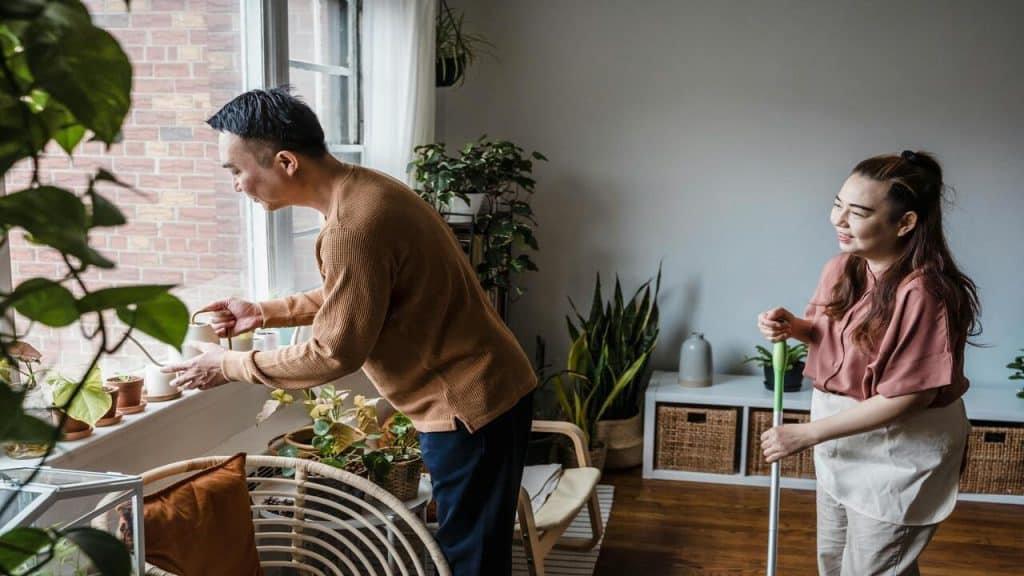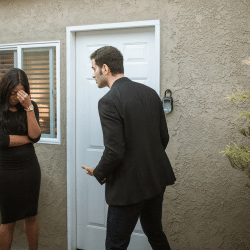
When two people first click and launch into a relationship, it’s like they’ve been handed a VIP pass to the velvet-rope section of their own emotional lives: the world feels brighter, the partner seems flawless, even the small quirks feel endearing rather than annoying. That’s the classic “honeymoon phase” in action. But what many don’t realize is that this phase–while powerful–is not meant to last forever. According to the Gottman Institute’s research, the initial neurochemical surge of attraction (dopamine, oxytocin, norepinephrine) is real, but it isn’t what ultimately predicts relationship longevity. Instead, what matters is how a couple transitions out of that phase into a deeper, more resilient mode of relating.
So if you’re somewhere in that blissful early zone–or heading out of it–it’s important to understand how it works, why it fades, and how you can steer into the more meaningful phase that follows (rather than panic that “the spark is gone”). Below are 17 key points that will help you unpack the honeymoon phase from every angle, and give you practical things to do, not just things to “know.”
1. What the Honeymoon Phase Actually Is

In this stage, you’re operating on novelty and high emotional arousal–everything your partner does feels cool, interesting, and charming. According to the Gottman Institute, that initial “limerence” stage is characterized by intense attraction and idealization. Recognize this for what it is–a chemical and psychological setup, not necessarily the full “real life” version of your relationship. Enjoy it, but start paying attention to how you communicate and handle small disagreements. Noticing your patterns early helps you prepare for when the intensity fades and reality kicks in.
2. Why It Can’t Last Forever

The honeymoon phase feels magical, but it’s built on novelty–and novelty has a shelf life. Gottman Institute research shows that as couples settle into routine, the brain’s reward circuits normalize, which is why the rush fades. Instead of chasing that high forever, use it to build strong habits now. Ask your partner how they prefer to be comforted, what their stress triggers are, and what helps them feel connected. That’s how you extend intimacy beyond infatuation.
3. The Neuroscience (And Why It Matters)

The early “in love” stage floods your system with dopamine and oxytocin, creating a powerful emotional feedback loop. It’s biology’s way of bonding two people quickly. But that same high can make you overlook incompatibilities or red flags. Knowing the science helps you stay grounded–you’re not “crazy,” you’re just chemically lit up. Channel that energy into meaningful activities together: travel, shared hobbies, volunteering. Build memories that outlast the chemicals.
4. How to Spot the Transition Out of It

You’ll know you’re leaving the honeymoon phase when the rose-colored lens starts to thin. You notice small annoyances, differences in habits, or less urgency to impress. The Gottman Institute notes that this is when many couples mistakenly think they’ve “fallen out of love.” In truth, your relationship is maturing. When friction arises, don’t pull back–lean in. Talk openly about what’s changed, and remind each other that love is expanding, not disappearing.
5. Why This Shift Is Actually Healthy

It sounds counterintuitive, but the end of the honeymoon phase is a good sign. It means your connection is becoming more authentic. Gottman’s research shows that the strongest couples are those who can manage conflict with respect, build trust through everyday actions, and maintain curiosity about each other. So rather than mourn the “old spark,” focus on the deeper, quieter forms of love emerging–shared humor, emotional safety, and reliability.
6. How to Protect the Positive While You Transition

Even as the excitement settles, you can preserve warmth and appreciation. The Gottman Institute emphasizes maintaining “fondness and admiration,” two core components of lasting relationships. That means expressing gratitude regularly, complimenting small things, and making time for physical affection. A simple nightly ritual–like saying one thing you appreciated that day–can go a long way in keeping connection alive as passion evolves into partnership.
7. When You Don’t Transition Well (And What That Feels Like)

If you don’t bridge the gap between fantasy and reality, resentment can build. You might start idealizing the early days or comparing your partner to that first version of them. Gottman’s studies show that couples who fail to adapt tend to fall into “negative sentiment override,” where irritation colors every interaction. The fix: consciously reset. Revisit what you valued about your partner in the beginning, but view it with mature eyes.
8. The Danger of Assuming Love Equals Intensity

One of the biggest relationship myths is that true love should always feel passionate and exciting. In reality, sustainable love often feels calm and secure. The Gottman Institute found that long-term couples score high in emotional trust and low in drama. If your relationship feels peaceful rather than electric, that’s not a problem–it’s progress. Learn to equate consistency with depth instead of boredom.
9. How to Keep Intimacy Alive After the Honeymoon

Passion doesn’t disappear–it just changes form. According to Gottman research, couples who keep physical and emotional intimacy alive create shared meaning and stay curious about each other’s inner worlds. Ask questions beyond the surface: “What’s something new you want to try?” or “What’s been inspiring you lately?” Intimacy thrives not from routine, but from intentional novelty–keep rediscovering your partner.
10. The Role of Daily Habits in Sustaining Connection

When the thrill fades, it’s your daily actions that maintain closeness. Gottman calls these “bids for connection”–small gestures like checking in, touching affectionately, or sharing humor. Responding positively to these bids builds trust over time. Make connection a habit, not a reaction. Treat your relationship like a living system that needs regular tending, not just grand gestures on anniversaries.
11. Communication Skills That Matter Most After the Honeymoon

Once real life settles in, communication becomes the backbone of love. Gottman’s data shows that couples who use “soft startups” (gentle, non-blaming openings to tough talks) resolve conflict better. Instead of “You never listen,” try “I feel unheard when I talk about this–can we try again?” Practical empathy beats passionate arguing every time.
12. How Conflict Can Strengthen Love

The healthiest couples don’t avoid conflict–they use it to grow. Gottman research identifies “repair attempts” as a key predictor of lasting love: these are moments where partners de-escalate tension through humor, apology, or affection. When handled well, disagreements deepen understanding. The trick is remembering you’re on the same team, even mid-argument.
13. How Shared Meaning Replaces Early Excitement

After the honeymoon phase, relationships thrive on shared meaning–dreams, values, and rituals that bind your lives together. Whether it’s Sunday morning walks or planning future goals, these shared experiences create stability. The Gottman Institute found that couples who build a “shared purpose” report higher satisfaction, even decades later. Build meaning, not just memories.
14. The Myth of “Falling Out of Love”

Many people interpret the end of the honeymoon phase as falling out of love–but that’s not accurate. Gottman’s work shows that love naturally shifts from passionate to companionate. The fireworks may dim, but the emotional foundation strengthens. Instead of chasing the initial thrill, learn to appreciate the new layers of comfort, safety, and mutual respect that come with time.
15. How to Reignite Passion Later On

Passion can return–it just requires intention. The Gottman Institute suggests bringing back curiosity, spontaneity, and shared playfulness. Try recreating early-date energy: flirt again, surprise your partner, or change up routines. Passion fades when predictability takes over, so do something new together every month–a class, a trip, a hobby. You’re not chasing the old spark; you’re evolving it.
16. What Healthy Long-Term Love Looks Like

According to decades of Gottman research, real love looks less like fireworks and more like friendship plus attraction. It’s marked by emotional responsiveness, humor, respect, and daily effort. Couples who stay strong aren’t those who never argue–they’re the ones who repair quickly and keep each other feeling seen. The best indicator of long-term success? Saying “I like you” as often as “I love you.”
17. The Real Goal: Mature, Intentional Love

The honeymoon phase isn’t meant to last–it’s meant to start something worth growing. Mature love is what happens after the rush settles: when you choose your partner, again and again, through ordinary days. The Gottman Institute teaches that relationships thrive when partners stay curious, nurture appreciation, and show up consistently. If you treat love like a skill, not a feeling, you’ll build something that outlasts every phase.






Ask Me Anything